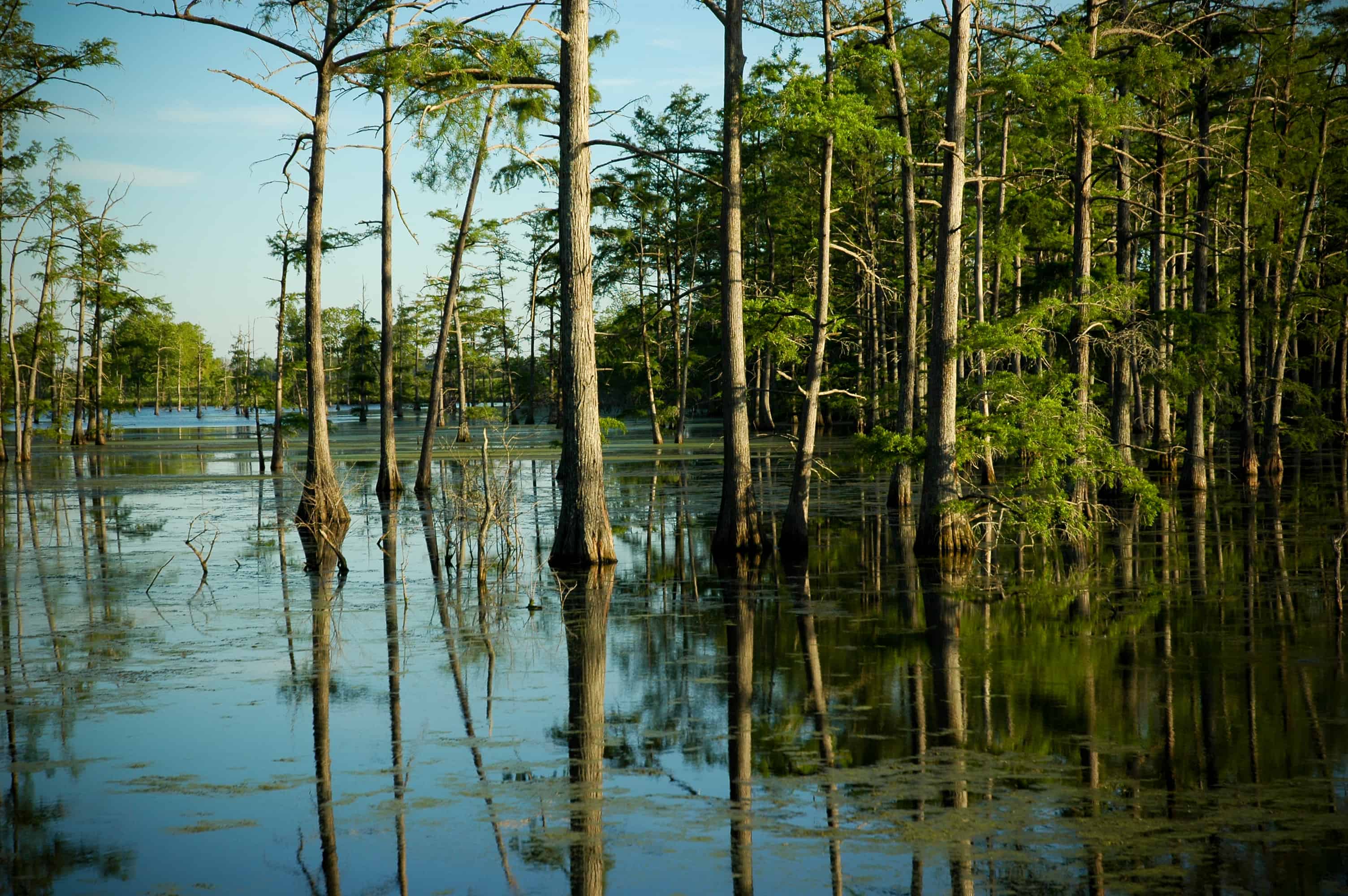
New Orleans faces a water crisis as low rainfall and extreme heat in the Midwest lead to a drop in Mississippi River levels, opening the door to saltwater intrusion from the Gulf of Mexico. This intrusion is posing a significant threat to drinking water supplies in and around the city. The Army Corps of Engineers has responded with measures such as building an underwater sill to delay saltwater progression and transporting water by barges for safe drinking. However, these solutions are temporary, and the need for significant rainfall is evident. This crisis, the second in consecutive years, highlights the impacts of climate change on water resources.
- New Orleans faces water crisis due to low river flow, saltwater intrusion from climate change.
- Temporary measures are in place, but long-term solutions needed for freshwater resilience.
- Collaboration is essential to address saltwater intrusion and ensure climate-resilient water sources.
Understanding saltwater intrusion
Saltwater intrusion, as observed in the Mississippi River, is a natural phenomenon that occurs when the flow of freshwater is too low to prevent seawater from entering an estuary or river. The present intrusion is a combination of multiple factors, primarily the decrease in river flow due to extreme heat and reduced rainfall, which has led to the Mississippi River reaching one of its lowest levels in recent history.
In addition to the natural occurrence of saltwater intrusion, human-induced climate change exacerbates the situation. Rising sea levels, increased storm surges, and altered precipitation patterns, all consequences of climate change, contribute to the intrusion of saltwater into freshwater sources. This highlights the urgent need to understand the dynamics of saltwater intrusion and develop measures to protect freshwater sources.
Facing the crisis
Efforts are underway to manage the issue in New Orleans. The Army Corps of Engineers is working to slow the influx of saltwater and increase the supply of fresh water to the affected areas. A federal emergency declaration has been requested, which will allow for additional resources and support. The Corps also plans to build upon an existing underwater barrier in the Mississippi River, though this measure is expected to provide only temporary relief.
In a bid to ensure safe drinking water supplies, 36 million gallons of freshwater are being barged daily into the lower Mississippi River. This water is then mixed with water at treatment facilities. Despite these efforts, the demand for water at these facilities could potentially rise significantly.
Long-term solutions needed
The situation in New Orleans is a stark reminder of the vulnerability of water sources to climate-related challenges. While current efforts are mostly reactive, focusing on immediate relief, it’s evident that proactive, long-term solutions are needed. Importantly, these solutions must include sustainable water management practices and investments in infrastructure to ensure the resilience of water systems in the face of climate change.
Research is ongoing to understand the impacts of climate change on saltwater intrusion and develop strategies for managing coastal aquifers. Groundwater modelling tools are being used to simulate and understand the flow and transport processes in coastal aquifers. Effective management strategies for coastal aquifers include freshwater lens management, monitoring and control of pumping rates, and the implementation of artificial recharge techniques.
Collaboration for climate resilience
Addressing the issue of saltwater intrusion requires collaboration between scientists, policymakers, and stakeholders. Enhancing climate resilience and developing sustainable water management practices requires a comprehensive understanding of hydrogeological conditions, including the movement of water due to differences in density and the transport of dissolved substances within aquifers.
Efforts to make water sources more resilient need to be scaled up in the face of increasing climate change impacts. The development of resilient water sources is necessary to mitigate the impacts of saltwater intrusion and ensure long-term freshwater availability in coastal regions.

